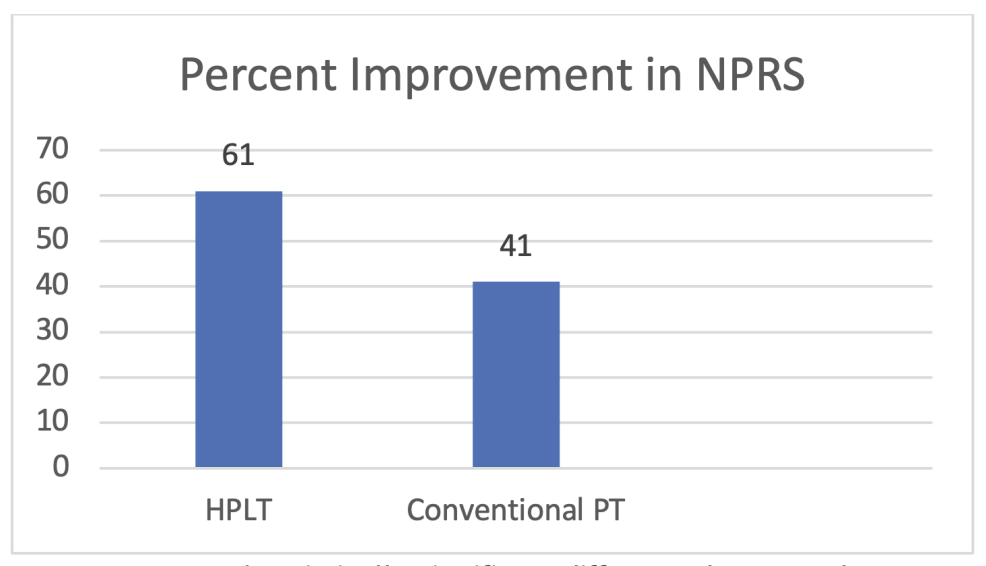Effectiveness of High Power Laser Therapy on Pain and Isokinetic Peak Torque in Athletes with Proximal Hamstring Tendinopathy: A Randomized Trial
Sachin Verma, Vandana Esht, Aksh Chahal, Gaurav Kapoor, Sorabh Sharma, Ahmad H. Alghadir, Masood Khan , Faizan Z. Kashoo , and Mohammad A. Shaphe
Published in: BioMed Research International, 2022, https://doi.org/10.1155/2022/4133883
This study was conducted to determine whether high power laser therapy (HPLT), also referred to as Photobiomodulation Therapy (PBMT), has an effect on proximal hamstring tendinopathy (PHT) symptoms.
Forty athletes with PHT were randomized to one of the following 2 groups:
- Conventional therapy: The athletes completed ultrasound therapy, moist heat treatments, and home exercises.
- HPLT/PBMT: Athletes received treatment with a 10 W high power LightForce® therapy laser at 5 W, 50 J/cm2 for a total energy dose of 1800 J per session. Treatment was focused on the hamstring tendon near the ischial tuberosity. Each session lasted for 6 minutes.
Both groups completed their designated treatments 3 days a week for 3 weeks.
Pain was assessed using the Numeric Pain Rating Scale (NPRS). The study also used an isokinetic dynamometer to measure isokinetic peak torque (IPT) of the hamstring muscle. The authors suggest that a change in IPT could be another indication of pain relief because athletes experiencing less pain will be able to apply more force on the muscle.
Pain scores and IPT measurements were taken prior to treatment and at the end of 3 weeks of treatment.
After treatment, both the HPLT/PBMT group and the conventional therapy group had a clinically significant reduction in pain score. However, the HPLT/PBMT group improved more than the conventional therapy group with the average pain score decreasing to a mild level.
While there was not a significant difference between the groups in IPT, the HPLT/PBMT group did have more improvement in IPT compared to the conventional therapy group. The lack of statistical difference between groups could be due to the HPLT/PBMT group not completing any exercise treatments.

*statistically significant difference between the groups
This study demonstrated that HPLT/PBMT is more effective than a conventional therapy program at reducing pain from PHT. HPLT/PBMT reduced the average pain score to a mild level, and this decrease in pain may also have resulted in functional improvements for the athlete.

